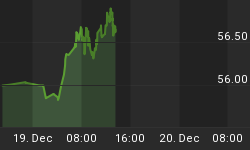This November, in the Netherlands, the WEpod six-person passenger van, will become the world's first self-driving vehicle in regular traffic, where cars and trucks also go.

The WEpod can be booked using an app which will allow passengers to reserve a seat and specify their starting points and their destinations. Vehicles are expected to select their itineraries independently.
The electric pod was originally designed by French vehicle manufacturer and robotic specialists EasyMile. It was developed for Citymobil2, an EU-funded project looking at automated road transport systems across urban Europe.
Through Citymobil2, the electric driverless shuttles have already transported 19,000 passengers in Vantaa, Finland and carried passengers on the EPFL university campus, in Lausanne, Switzerland.
The vehicles will initially ride on a fixed route, but it is expected to expand to more routes and other regions in the Netherlands from May 2016 onwards.
Test Phase
The test phase will be on real streets and roads, but not during rush hour. The WEpods will have additional equipment such as cameras, radar, laser and GPS to track the environment.
The maximum initial speed of a WEpod will be a painfully slow 25 kilometers per hour (15.53 miles per hour).
I suspect that may be too slow for safety reasons, not too fast.
Regardless, this will all be worked out soon enough.
Audi on Highway
Looking for highway tests? Then check this out.
Audi's Self-Driving Car in Action
Audi's Self-Driving Car in Action
Cars Guide reports First Self-Driving Audi Due in Two Years.
Please note this is 2015. Some people keep telling me that my target of 2020 is way too soon. I still have some Neanderthal readers who insist it will not happen until 2050, if at all.
In limited fashion, it's happening now (November 2015 to be more precise), on real streets, with no standby driver.
Autonomous cars passenger cars on the US highways by 2020 now seems like a certainty. And millions of truck driving jobs will vanish by 2025.















